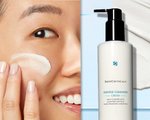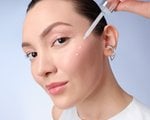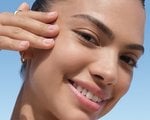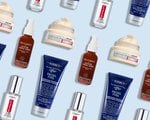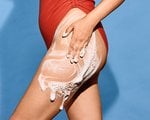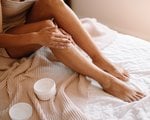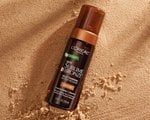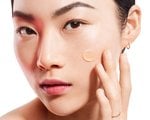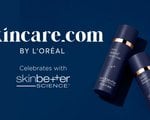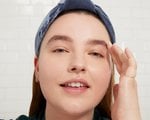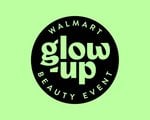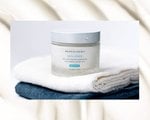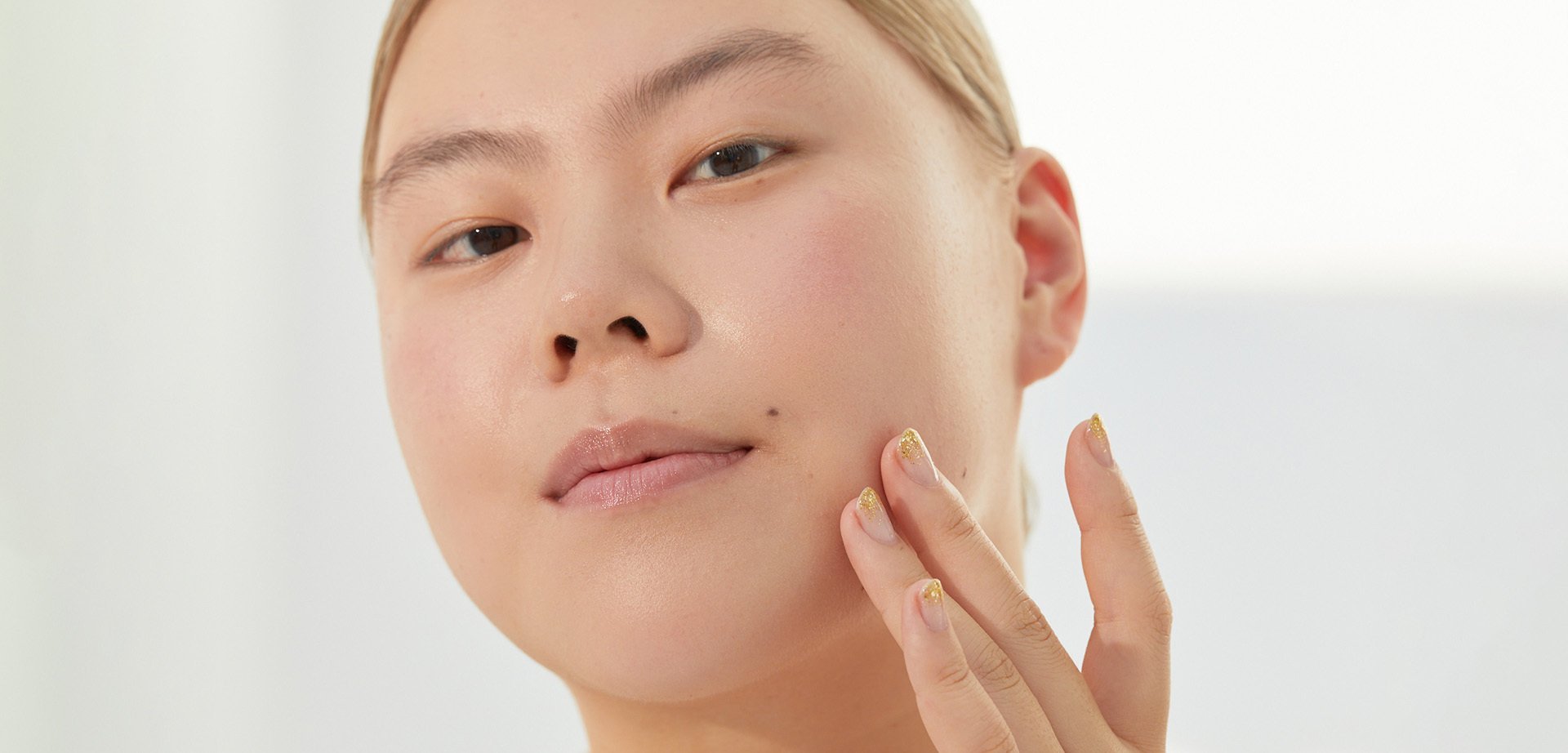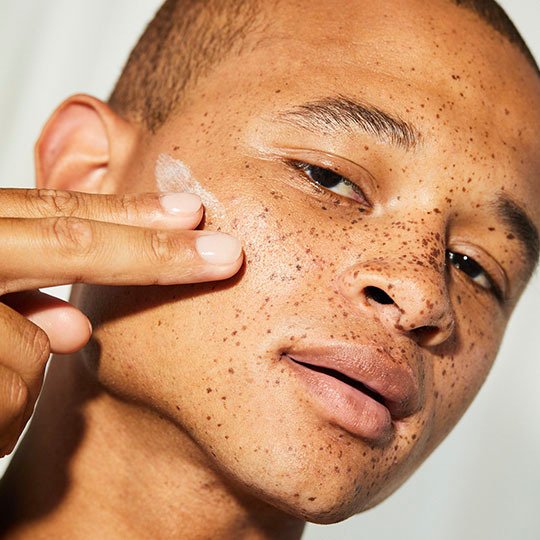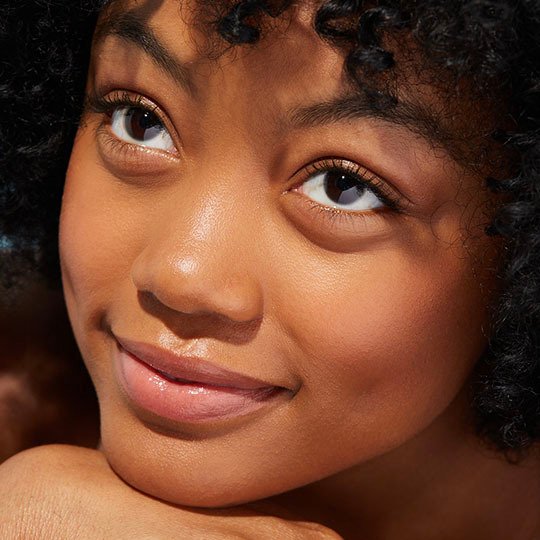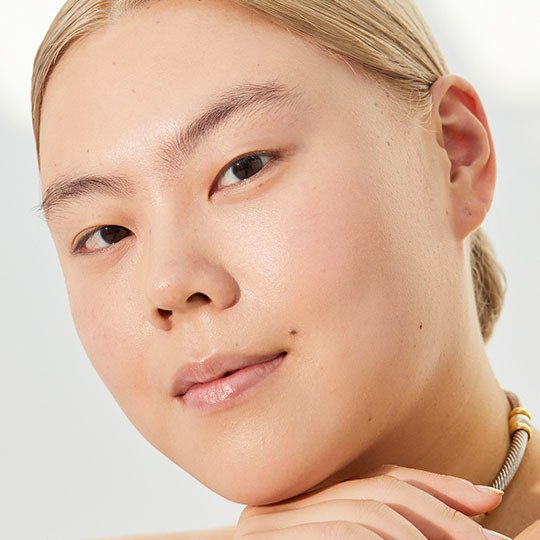The Top Causes of Jawline Acne and How to Get Rid of It
December 20, 2022

La Roche-Posay Effaclar Salicylic Acid Acne Treatment Serum
To treat and prevent breakouts, this salicylic acid treatment has a triple acid complex, featuring a blend of BHAs and AHAs. To help soothe the skin while these heavy-hitting acids do their work, the formula has the brand’s thermal water, which minimizes irritation.

IT Cosmetics Bye Bye Breakout Serum
Salicylic acid and lactic acid gently exfoliate and postbiotic ferment calms and balances the skin. This lightweight formula goes on clear, so is great for use during the day and also works to combat multiple types of breakouts including hormonal acne.

L'Oréal Paris Revitalift 5% Pure Glycolic Acid Peeling Toner
Formulated alongside top derms, this exfoliating toner packs 5% glycolic acid, which is gentle enough for daily use but still removes dirt, oil and dead skin with a few swipes. It leaves skin feeling clean and refreshed, but not tight or stripped, thanks to the formula’s aloe vera.

Youth to the People Adaptogen Deep Moisture Cream
One of the biggest misconceptions about oily and acneic skin is that it doesn’t need a moisturizer. Not using a moisturizer can actually trigger your skin to produce more oil. And if you’re using acne-fighting products, they’re notoriously drying, which makes it even more important to use a moisturizer. This fragrance-free one is non-comedogenic, meaning it won’t clog your pores.

CeraVe Ultra Light Moisturizing Lotion SPF 30
Formulated specifically for normal to oily skin, this lightweight moisturizer also provides sun protection — another step that’s often skipped when someone’s worried about acne. Hyaluronic acid and ceramides hydrate and nourish while leaving skin with a matte finish.

Rael Microcrystal Spot Cover
Acne patches are all the rage because they help bust blemishes quickly and are seemingly invisible, so you can wear them in public. This hydrocolloid sticker will help suck out the gunk from a pimple, but it also has microdarts that deliver acne-fighting ingredients like succinic acid and tea tree extract deep below the surface. Bonus: By keeping your spot covered, you’ll be less likely to pick at it.

Renee Rouleau Rapid Response Maskne Spray
Esthetician Renee Rouleau has a whole line meant to help clear the skin, and she released this genius product during the height of masking to mitigate some of the breakouts that came with it. This acid-filled formula is meant to be spritzed on skin before putting on a mask to help prevent blemishes, but you can also spray it directly on the mask, too, for extra protection.

Dr. Loretta Concentrated Firming Serum With Retinol
This formula addresses fine lines and wrinkles, evens tone and prevents breakouts. Hydrating lipids help to temper the effects of irritating retinol, so those with sensitive skin can still use it.

